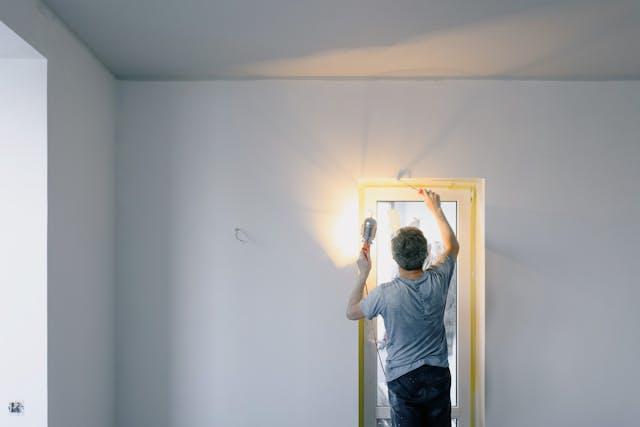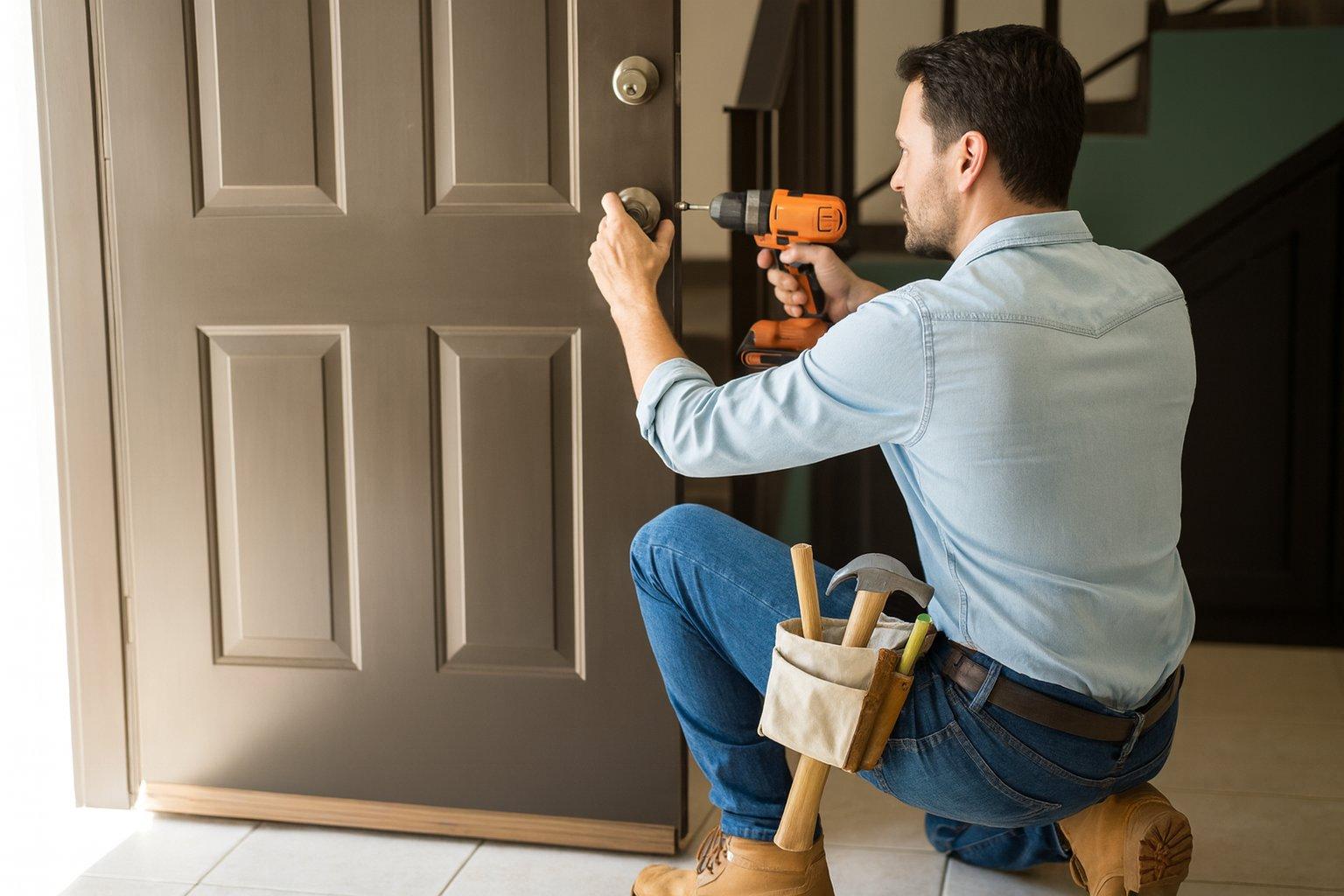Warped door, gaps that let in noise and cold, a threshold that scratches the floor… Poorly executed installation and repair of doors is rarely just about aesthetics — you pay for repeat visits, losing energy and comfort every day. Below: a brief real scenario, symptoms, hidden costs, how to read offers, and a quick plan for a quality result.

Mini case: the "cheap" installation that turned out to be double
Situation: a new front door installed "through a friendly connection." After a week, the door is sticking, there's a draft around the frame, and the laminate around the threshold is lifted..
Reason: weak anchoring, improper foam, lack of leveling and finishing plasters.
Consequence: second installation + floor correction, additional payment for seals and sound insulation of the entrance door.
💡 Excerpt: The cheap installation often does not include the preparation of the opening and the finish — that’s where the "real cost" lies.
Symptoms that the installation is compromised
• Misalignment between the frame and the wing; the joints "breathe".
• Self-opening/self-closing → lack of leveling.
• Scraping on the threshold/flooring; scratches on the laminate.
• Poor sound insulation of the door (staircase/street can be heard).
• Cracked plaster around the frame days after installation.
Myth / Fact
Myth: "The foam will hold everything."
Fact: Foam does not properly replace anchoring, wedges, and leveling — mechanical fasteners are also needed.

Hidden costs
• Energy: gaps = currents = higher bills.
• Comfort: without door sound insulation, sleep and concentration suffer.
• Damage: "clean" threshold today → sanding/replacement tomorrow.
• Time and logistics: second team, new materials, absence from work.
Also: the correct specification saves these scenarios — see
Why do the services at Ofertirai.me start with a question instead of a fixed offer?
How to compare offers fairly
Request a breakdown by stages
1. Dismantling and preparation of the opening (straightening if necessary with the installation of drywall).
2. Leveling of the frame, anchors/screws, proper foam and seals.
3. Threshold and pads (without contact with the wing).
4. Finish: trim and restoration of plaster/paint.
5. Adjustment of hinges/strike and test for closing/sound insulation.
6. Waste removal + warranty.
Also check (list): brands of consumables/hardware, deadlines, included corrections, conditions for hidden defects of the opening.
Useful: 10 important questions to ask the contractor before the project begins.
When does additional soundproofing make sense
If the door "faces" a street/elevator/children's room, plan for door soundproofing: perimeter seals, bottom automatic strip, solid fillers. For entry doors, prioritize soundproofing of the entry door + thermal sealing — you gain silence and savings.
⚠️ Warning: "Universal" seals that do not take the casing into account often hinder closure and wear out the hardware.

Checklist for Quality Installation
🔹 Box for leveling and even joints.
🔹 Anchors at regular points; foam without overstretching.
🔹 The threshold is level; the wing does not touch.
🔹 The trims fit tightly; plastering without cracks.
🔹 Test: smooth opening/closing, quiet "click," real insulation from noise/air.
Quick action plan
Step 1: Photos from 2–3 angles + detail of the threshold/floor.
Step 2: Dimensions of the opening and frame; wall material.
Step 3: Describe the needs (direction, threshold, seals, desired sound insulation of the door).
Step 4: Send the same specification to 2–3 verified craftsmen.
Step 5: Choose an offer with clearly defined stages, materials, and warranty.
Mini-FAQ
Do I need to buy seals in advance? No — the specialist will suggest compatible solutions.
How long does it take? 2–4 hours for internal, more for entry/corrections of opening.
Is a finish necessary? Yes — moldings and plaster corrections ensure a finished look and durability.
Conclusion
The poorly installed door is a daily "tax" in noise, cold, and nerves. Invest in accurate measurements, the right materials, and an experienced team — this way, the installation and repair of doors work quietly, warmly, and securely for years.